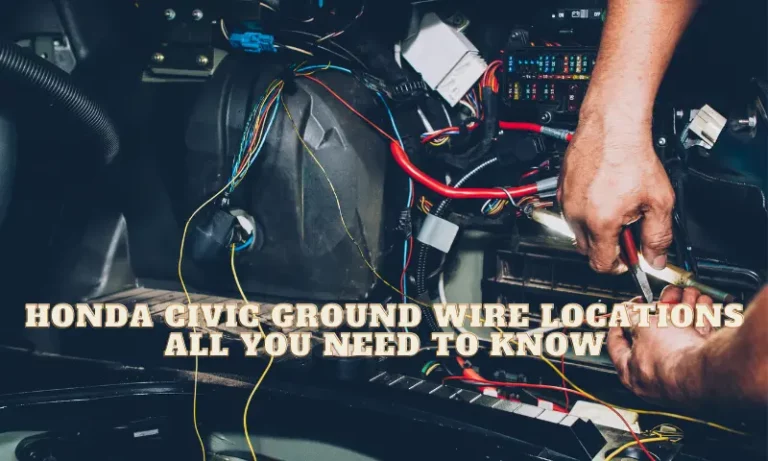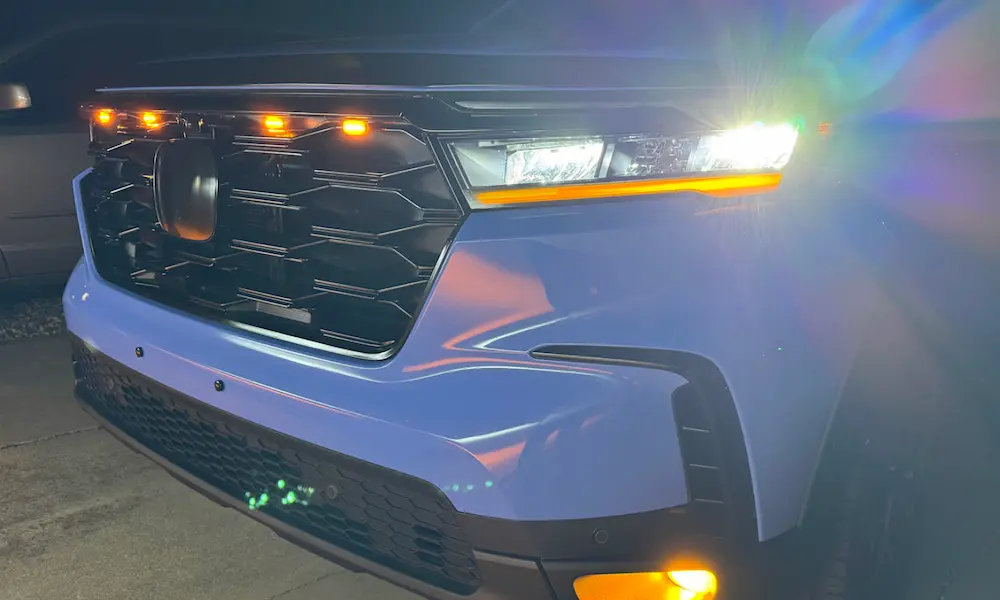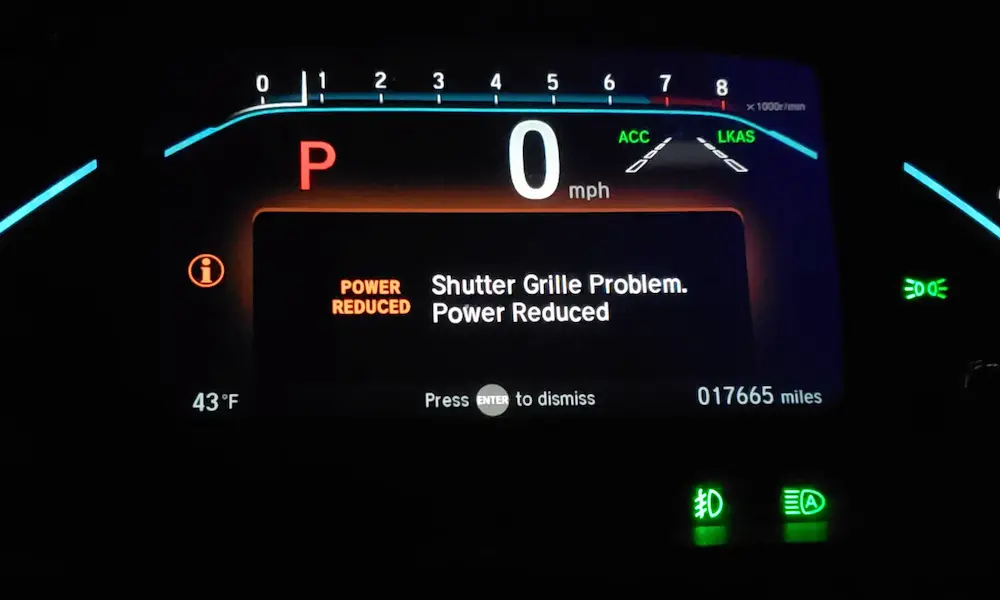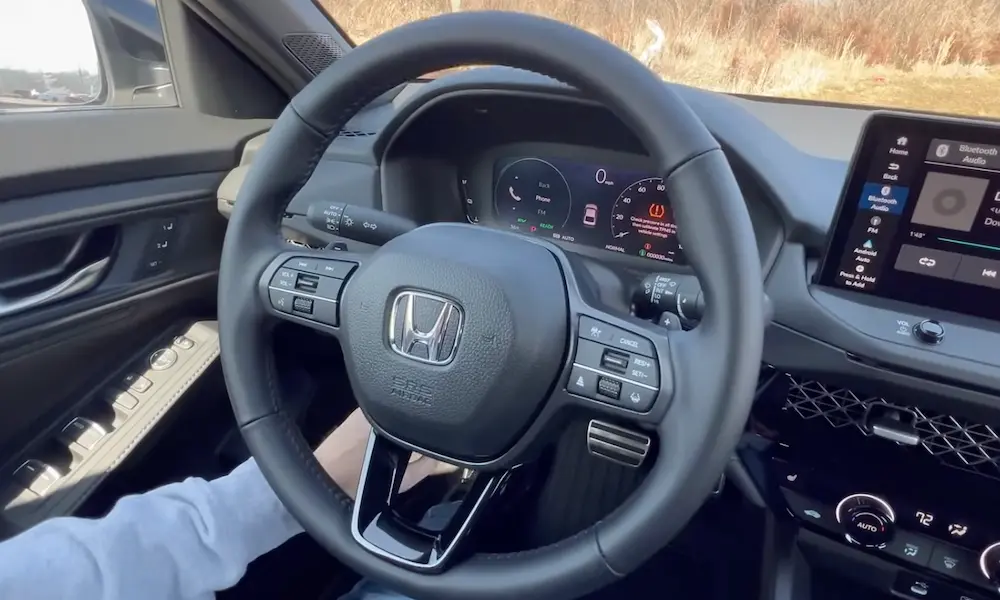One good thing as a driver is knowing when your car has minor and major issues. Another thing is figuring out where and what precisely the problem stems from and how to locate the faulty part(s). Especially, if you drive Honda Civic, knowing the location of ground wires may be nerve-racking and tricky.
You may have heard that the ground wires of an auto are located between the car’s body and the battery terminal. Is s this general idea the same for all vehicles, including your 2016 Honda Civic? I’ve highlighted a few things in this article.
Ground Wires and their Importance
Ground wires are part of the electrical components of a vehicle. After all, your car’s engine needs electricity to work efficiently. Several components in a vehicle typically have their ground wires. These wires are silent operators and are often the last on the list regarding service and maintenance.
In a DC circuit, electricity flows from the positive terminal to the negative terminal of your car’s battery. As a closed circuit, the chassis serves as the channel through which the flow of electricity returns back to the battery. But before then, the ground wires see to it that there is a connection between the chassis and each vehicle component utilizing the positive current.
If the electrical current becomes excessive in a short circuit, it could lead to electric shock or fire. Because of the interference in the circuit, the current will begin to locate any escape route since the normal part is already damaged.
It looks for available paths like narrow wires, throttle, and wheel bearings. The ground wires ensure that excessive current is managed within the closed circuit. Without the ground wires, you may experience electrical fires in your car. This, in effect, can affect your safety as a driver.
Your car’s electrical system functions when there is a closed loop or circuit from positive to negative. When the ground wires have connection problems, it causes interference in the flow of current.
As a result, this results in fluctuation in the voltage output, and it affects other systems of your vehicle. The ground wires in your car are the foundation for the electric system. It acts as protection from erratic voltage spikes as a result of an increase in power or lightning.
Location of the Ground Wires in Honda Civic
Depending on the model, a typical Honda civic car can have up to six ground wires. But the two most critical ground wires are the ones bolted to the ECU and transmission. In other words, on most Honda Civic models, the fat ground wires located on the battery are screwed to the ECU and transmission. However, there’s the secondary thinner ground wire that runs from the valve cap to the chassis. The 1995 Honda Civic, for example, features 2 ground wires. One is on the head and the other going to the tranny.
To find any ground wire, the first thing you should do is locate your battery. The cables are found inside the battery. After finding your car’s battery location, uncover it to access the cables. There are two cables, the positive and the negative. The positive cable should have a plus symbol, while the negative, the black-colored cable, should have a negative symbol.
Each of the ground wires on the engine and transmission handles different levels of electricity. These wires are under your car’s front hood. The first ground wire, which is also the most important, runs from the battery to underneath the chassis. The wire connects the battery negative to the chassis in front of or below the fuse box.
The second is the tranny wire underneath the fuse box/chassis. The ground wire connected from the chassis to the tranny is also in front of or under the fuse box. Then, there is a ground wire from under the chassis (upper radiator support) to the ECU (by the engine’s upper radiator hose).
Again, there’s a ground wire on the negative cable of your vehicle’s battery. The wire comes directly from the chassis or the car’s body to the engine. The alternator then feeds on the power from the engine. You may also locate Honda civic ground wires close to the radiator or beneath the right headlight.
You’re wondering how easy it is to locate and access the ground wire for your dash camera beneath the steering wheel of your 2016 Honda Civic. Truth is, this may be a little bit tricky. The reason is the presence of a plastic box on the way. But you don’t have to fret.
Look inside your car’s cabin and just on the driver sidewall right on top of the fuse box. You’ll find a grounding point right behind the glove compartment. The ground wire is a little foot long. You can easily pull out the glovebox to access the ground wire. But that’s not without removing the insulation and screwing the bolts above the fuse box.
FAQs
Does my car’s alternator have a ground wire?
Even though there is no direct connection between the ground wire and the alternator, the alternator is connected to the engine. The engine supplies the alternator with the power it needs.
How will I know if my ground wires are bad?
Low voltage, battery malfunction, dim lights, and ignition failure are common signs of an electric disconnection in your ground wires. Other systems like AC and radio may begin to malfunction as well.
How do I test my ground wires?
To test your ground wires, you can use a multimeter. The reading should be 0 ohms. Otherwise, your wire may need a replacement.
Final Thoughts
Maintaining your car’s electrical system is a task you shouldn’t undermine or neglect. Regardless of how small these wires may be, they are significant components that shouldn’t be neglected. If any of them becomes faulty or perhaps damaged, it can affect your car’s battery, the electrical communication, or the signal from your vehicle.
Good ground wires serve as the basis for the proper functioning of the electrical components. Locating your ground wires isn’t an extremely difficult task. In case you discover any defective wire, please do not delay in replacing it notwithstanding; if you are not ready for the job or if you lack the required expertise, do not take the risk. Handling the job yourself may lead to severe damage to other parts.














